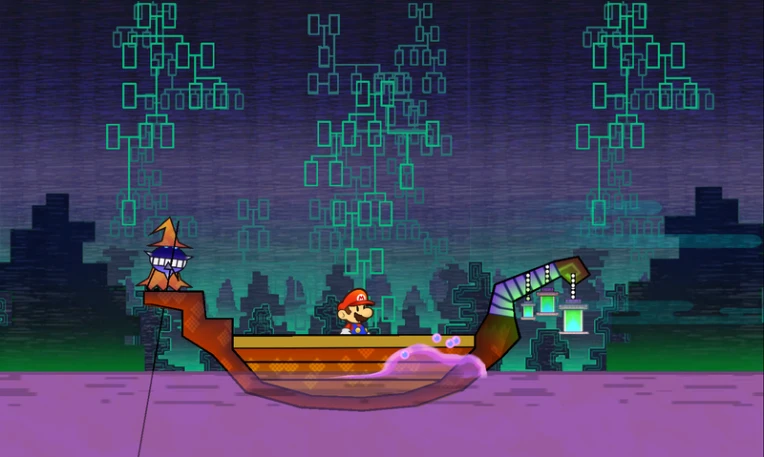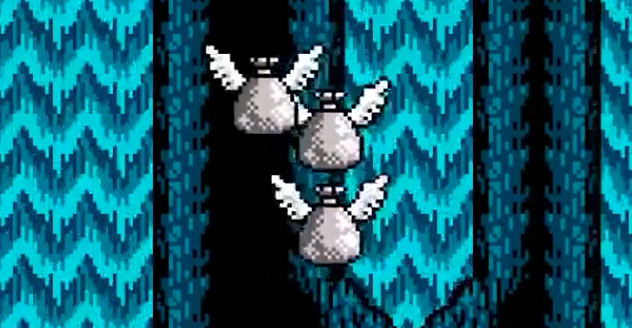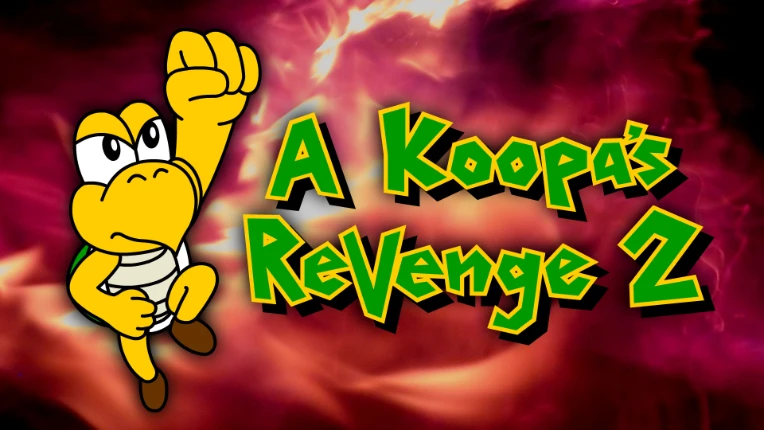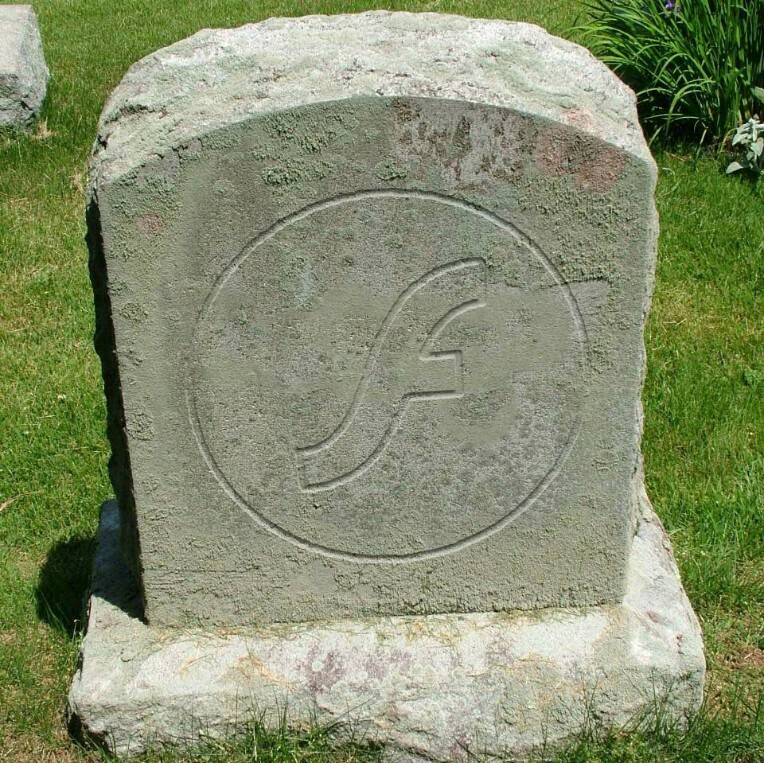Welcome to the fifth installment of the A Koopa’s Revenge 3 Idea Blogs, the series wherein I discuss ideas I have for AKR3 (Ideas that are not at all guaranteed to be used in the final game, and often explicitly stated not to). Last time, we discussed and dismissed the prospect of multiple alternate endings to the game. This week, we’re talking about lives and 1ups.
It’s about time we talked about lives. AKR1 and 2 had lives systems, but only because I was blindly copying existing Mario games without questioning them, and not because of a well thought out decision making process. Personally, I believe lives can be a good design choice, when used as a resource to manage for example. But a lot of games don’t use them and wouldn’t benefit from them if they did.
I must stress that ideas presented in these blogs are not guaranteed to be in the game when it’s finished. They’re often just thought experiments that I have no intention of acting on. Please Keep this in mind while reading.
How to Make Lives Work
Most games probably shouldn’t use a lives system, just like most games shouldn’t use a crafting system. Lives are a design tool, and like any tool they aren’t suited for every job. The main job of a lives system is to provide serious consequences for repeated failures. You must decide as a game designer whether you even want that, and when you do, whether a lives system is the best tool to provide such consequences.
Though lives are a staple of 2d Platformers, there are many games that don’t and shouldn’t use them. Super Meat Boy and Celeste don’t have lives systems because the player is expected to fail very frequently (this is also why they have much shorter respawn times than Mario games). There are consequences to death, but they are minor, as checkpoints are very common. In these games there are essentially no benefits to sending the player back to a much earlier point for dieing too much.
In contrast, 2D platformers with lives tend to have benefits to including Game Overs (or at least they should, they’re often just included as a legacy feature). Sending the player back to an earlier point, often the start of a world but sometimes the start of the whole game, can actually be beneficial. If a game is designed for infrequent failures, sending the player back to an easier point can help them build both skills and confidence, games like Sonic 2 and 3. In a nonlinear game like Classic Mega Man, getting booted to the level select after a Game Over encourages the player to try other stages. Kicking the player back to an earlier point can also allow them to safely build avatar strength (in the form of powerups, and just collecting more lives) while playing a more familiar part of the game, like 2D Mario.
Will A Koopa’s Revenge 3 fall into any of the above criteria? Yes, all three. The level design will be forgiving enough to allow a competent player to succeed on their first try (or at least that’s my goal). I plan to have the game’s worlds accessible in any order, like Super Mario Land 2. And the game will obviously have powerups. But that doesn’t mean there needs to be a lives system, just that it’s one tool the game could use.
So let’s explore the case for lives and not lives in AKR3.
If I Go with Lives
If I want to make lives work, I need to avoid the pitfalls that have made lives systems irrelevant in the main series Mario games since at least Super Mario 64. So what are these pitfalls?
For one thing, lack of consequences. In SM64, getting a Game Over sends you back to the castle foyer, and that’s about it. It’s a minor inconvenience at most. Sometimes there are checkpoints in level, like when you enter the pyramid or volcano, or right before a Bowser fight, but they’re few and far between. 2D Mario does a little better by limiting saves, but it feels rather artificial, and is made irrelevant by problem 2.
The second problem is the abundance of lives and the high cap on lives. This issue is a much bigger deal the later in the series you get. The only games where this wasn’t an issue are Super Mario Land 1 and earlier titles. This in part caused by the abundance of coins. 1ups are so abundant as to be meaningless to a player with any experience in the genre. And you don’t want to fall too far on the other side of this problem either, where only an expert can beat the game without multiple Game Overs.
Simply erasing progress back to the last castle isn’t very fun, and just encourages the player to cheese with frequent saves and loads. This is made even more annoying in less linear games, where you not only need to redo segments of the game (which is reasonable under the right circumstances) but you also need to remember what you accomplished so you can do it again (which is bullshit and never fun). So how do we avoid this problem?
Enter The UnderWhere
But what if when you fail, instead of redoing the same part of the game, you have to do an entirely different part? What if when your character “dies” by getting a Game Over, you are sent to an underworld (perhaps the Underwhere from Super Paper Mario, pictured above) where you play new levels to escape? Perhaps these Underwhere levels could have randomly generates elements so that they wouldn’t always be the same thing. And/or they could scale in difficulty/length as you progress through the game. Or just become easier the more you fail. They might be more vertically oriented to emphasise that you are climbing out of hell.
Why I might not want to do this is simple: There would be content in the game only accessible by failing at the game. Even if I put no unique collectibles or anything that contributes to completion percentage in the Underwhere, it still feels wrong to gate content behind getting a Game Over where proficient players will never see it.
Abundance is really two problems in one: that lives are easy to get, and that lives are easy to stockpile. So it requires two solutions.
In mainline 2D Marios lives are very easy to find. They’re everywhere. Every nook and cranny has either an invisible block with a 1up mushroom, or a buttload of coins. I can solve this problem with three steps. First, coins just don’t grant 1ups automatically. You can still buy 1ups with coins, but they become more expensive the more you have. A downside of this is frugal players will buy 1ups one at a time after each death, which would be tedious just like loading a save after each death. Second, 1ups you find in levels can be replaced by coins based on how many lives you currently have. So a block that normally contains a 1up might contain a cache of coins when you already have over ten lives. This provides a useful reward for players who don’t die often, and doesn’t leave them in too comfortable a position like stacking up tons of lives would. Third is simply having more things to reward the player with, which I sorta already have in the bag. New Soup games really just have start coins, but AKR3 will have all sorts of bits and bobs to collect.
Solving life stockpiling takes a bit more of a transformative approach. I could simply caps lives at 9 or 10, like Mega Man and a lot of other retro games did. But that feels a little boring, and feels a lot simplistic and cheap. Instead, what I’d like to do is import a system from the Legend of Zelda: Heart containers. Only instead of the hearts being health, they’re lives. The original Game Boy Marios used hearts as lives, so there’s a bit of a precedent. This way you could start with a relatively low cap on lives (probably more than three though) and it could grow as you progress through to the harder parts of the game. Defeating a boss could yield heart containers, and there could be pieces of heart to find too. The biggest hurdle with this ideas is making it clear that the hearts are lives and not health.
I must stop here to reiterate that these systems are not guaranteed to be in the game. Everything is just an idea. Hence the name: Idea Blog.
If I Choose not to Use Lives
Those are some neat ideas, but there’s no guarantee I can make them work. So without lives system, what could the consequences be for dieing?
I could go the Super Mario Odyssey route where you lose ten coins, but I’d argue that’s equally as meaningless as lives. Ten coins is nothing. On average you can collect ten coins in about as many seconds or less. I could up the number of coins to 100, but that would leave beginner players perpetually broke, and would also feel a lot like lives, just without a Game Over state. So what are my other options?
Percentage. When you lose a trainer battle in Pokémon, you have to give up a percentage of your funds. For AKR3, maybe ten percent of coins would be lost on death, so the cost of dieing repeatedly diminishes. This has the benefit of encouraging players to spend money, but could potentially be very punishing when you’re rich. And if I add some sort of bank system to avoid losing huge wads of cash when you die, one of two situations is the result. Either the bank is like Majora’s Mask and it’s a tedious endeavor you have to go through all the time in order to spend money, or banking is trivially easy and failure basically has no consequence again. I think a simple, if dull, solution is just to cap the coins lost from dieing at about 100, so there’s no need for a bank. It could otherwise scale down as a percentage as your coin total rises, so it takes 10% when you have a few hundred coins, but only 2% when you have thousands. You’d be losing more coins total when you’re rich, but not an amount it would take hours to recover from a single death.
There’s also the Shovel Knight approach. In SK, when you die a large chunk (much more than 10%) of your money is left behind where you died in the level. You can recover that money by getting to the point where you died and picking it up. However, you can only have one instance of “death money” at a time, so if you die before recovering your money, it’s gone for good. This is overall a good approach, but I’m not sure it works as well for AKR3 because it discourages trying a different level when you die, and AKR3 won’t have the emphasis on treasure collecting that Shovel Knight has.
It’s possible I could combine some of these coin loss ideas with the heart container and Underwhere lives system, but probably only apply the coin loss when you get a Game Over. The upside is that makes game overs more impactful without resetting nonfungible progress. The downside is it would punish players who die purposefully to check out the Underwhere. But there could always be an alternate method to getting into the Underwhere.
Conclusion
So, I hope you can see why I want to plan out the game more before I get started on actual development. There’s a lot to think about, and it’s much easier to change something while it’s still an idea than after I implement it in the game. Basically, every time I change something after I already made it, I’m doubling the work it takes to do that part. All the changes I made during AKR2’s development are why it took six years to make. I kept redoing work I had already done. Often more than once.
That’s all for now. Future Idea Blogs might be on the topic of powerups (again) or walljumping. We’ll have to wait and see which inspires me first.








